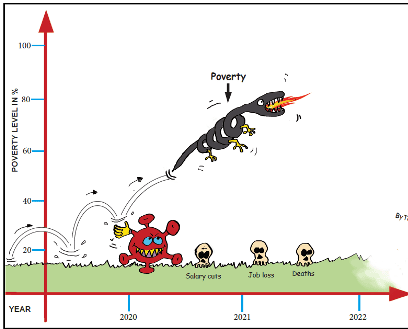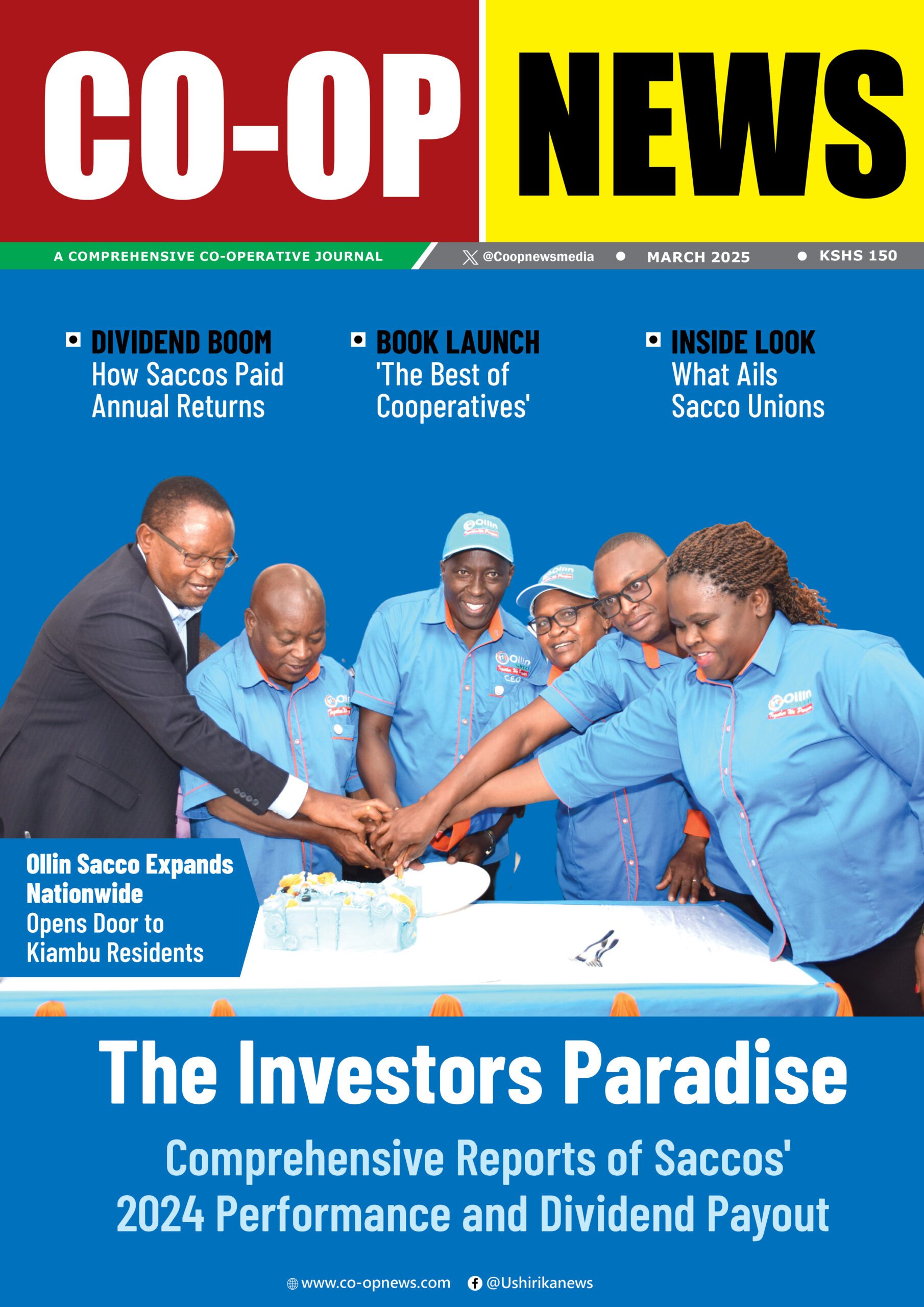SACCO SUPERVISION ANNUAL REPORT, 2020
By Co-op News
Consistent with their traditional credit collection practices, which are premised mainly on employer’s check-off deductions, Deposit-Taking Saccos have consistently registered a lower non-performing loans rate than commercial banks or microfinance banking institutions.
The latest figures from the latest Sacco Supervision Annual Report, 2020, indicates that although the level of non-performing loans(NPLs) for DT-Saccos increased to 8.39% in 2020; comparatively lower compared to the average NPL ratio of 14.50% reported by the commercial banks and an NPL ratio of 26.60% reported by the microfinance banking institutions.
The overall increase in the NPL ratios across the three sectors was mainly occasioned by the impacts of Covid-19 on the national economy.
SASRA reports that loan repayment practices through direct deductions by employer institutions are one of the unique comparative advantages, which Saccos in Kenya have had over their peers in the financial sector domestically and even internationally and thus the ability to maintain a comparatively low threshold of NPL ratio.
Figures indicate that Commercial banking institutions continue to be the dominant segment of the deposit-taking financial sector of the economy, followed by the Sacco subsector and the Microfinance Institutions (MFIs) in terms of total assets, total deposits, as well as gross loans and advances.
The balance sheet size of the Sacco sub-sector was at KSh 627.68 Billion in 2020 compared to KSh 5,405.75 Billion for Banks and KSh 74.88 Billion for Microfinance institutions.
The deterioration in the NPL ratio in the DT-Sacco business from 6.15% in 2019 to 8.39% in 2020 is attributed to the impact of the Covid-19 pandemic, which resulted in a delay of repayments of some loans advanced to the members, particularly among the non-employer-based DT-Saccos.
This is seen from the increase in the loan portfolio’s substandard, doubtful, and loss categories, which constitute the NPLs portfolio.
SASRA reports that 91.60% of the entire loan portfolio in the DT-Sacco subsector was generally in good stead, thereby underscoring the ever-resilient nature of the Sacco lending model in the provision of affordable credit facilities to Kenyans.
A total of 66-DT-Saccos had their respective NPLs below 5%, out of which 30-DT-Saccos had their NPLs below 2%, implying that almost 98% of their loans were generally performing.
The distribution further shows that there were 36-DT-Saccos whose NPL ratio ranged between 2% and 5% in 2020, which is a drop from the 41-DT-Saccos, which had a similar range in the NPL ratio in 2019.
At the same time, there were 38-DT-Saccos whose NPLs ratio ranged between 5% and 10% compared to 41 DT-Saccos with a similar range of NPLs ratio in 2019.
Some 71- DT-Saccos reportedly had their NPLs ratio above 10%, increasing from 60-DT-Saccos with a similar NPLs ratio in 2019.
In other words, the number of DT-Saccos whose loan portfolios deteriorated increased in nearly all the ranges except those DT-Saccos whose NPL ranged below 2%, which remained the same for 30-DTSaccos over the same period.
Among the 49-Farmers based DT-Saccos, 28- DT-Saccos had an NPL ratio above 10%, and 10-DT-Saccos had below the 5% threshold.
14-DT-Saccos among the 22-Community based DT-Saccos had their NPL ratio above 10%, and 3-DT-Saccos had their NPL ratio below the 5% threshold.
The 43-Teachers based DT-Saccos and the 37- Government based DT-Saccos, on the other hand, had the best NPL ratio distribution among them.
A total of 25-Teachers based DT-Saccos had an NPL ratio of 5% and below; only 10-DT-Saccos had an NPL ratio above the 10% threshold.
Among the Government based DT-Saccos, a total of 21-DTSaccos had an NPL ratio of below 5%, while only 9- DT-Saccos had an NPL ratio above 10%.
The high NPL ratio experienced among the 49- Farmers based DT-Saccos and the 22-Community based DT-Saccos on the one hand; as contrasted with the low NPL ratio realized among the 43- Teachers based DT-Saccos and the 37- Government based DT-Saccos on the other hand, can be explained from their lending and loan recovery models.
While the latter heavily relies on check-off loan recoveries from employer institutions, the former has minimal, if any, check-off system for recovering the loans and other credit facilities advanced by them. The former must thus employ other loan recovery mechanisms to ensure that the loans do not default.
At the same time, the very low NPLs among the 43 Teachers based DT-Saccos is generally consistent with the fact that the main employer-institution for members of this category of DT-Saccos, being the Teachers Service Commission, did not owe any non-remitted deductions to any Sacco for the period ended September 2020.
However, the 37- Government-based DT-Saccos had the misfortune of being owed substantial money, particularly from the Public Universities and Colleges, amounting to over KSh 2.68 Billion on account of non-remitted deductions due towards loan repayments.
24-Private sector-based DT-Saccos reported the highest NPL ratio at 29.93%, while the 49-Farmers based DT-Saccos reported an NPL ratio of 15.57%, showing their vulnerabilities.
The 43-Teachers based DT-Saccos and the 37- Government based DT-Saccos reported the lowest NPL ratios at 4.48% and 4.03%, respectively, thus underscoring the check-off loan repayment’s critical role model plays in ensuring prompt repayment of loan and credit facilities granted by the SACCO subsector.
Figures show that 87.82% of the total loans disbursed by DT Saccos were performing under the loan’s contractual agreements with the members.
The proportions of the loans under the watch category dropped from 4.57% of the total gross loans in 2019 to 3.78% of the total gross loans.





